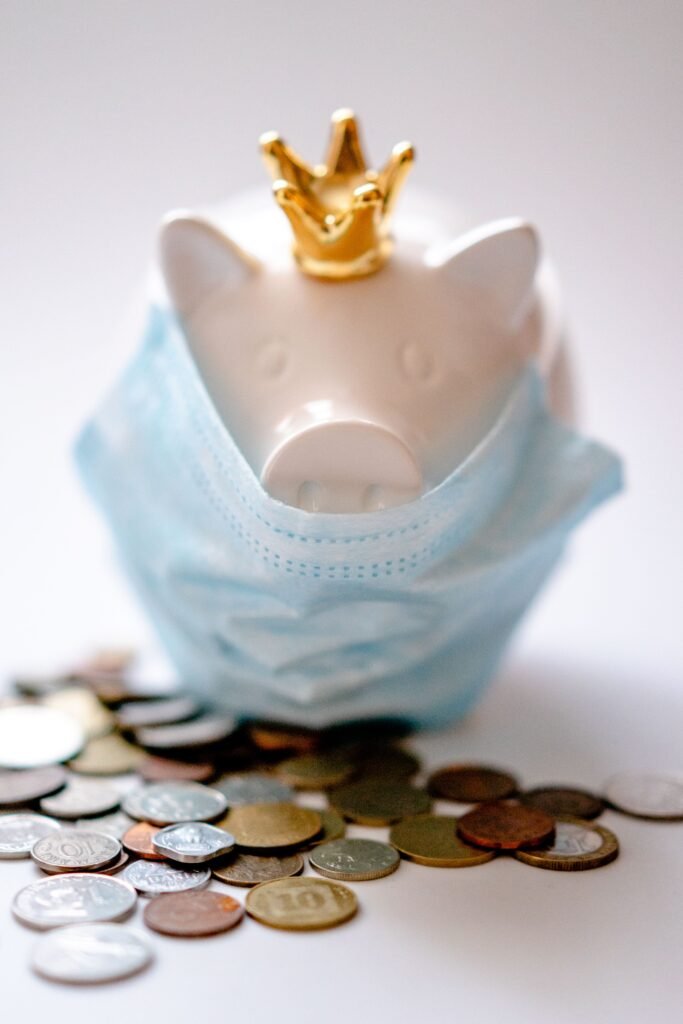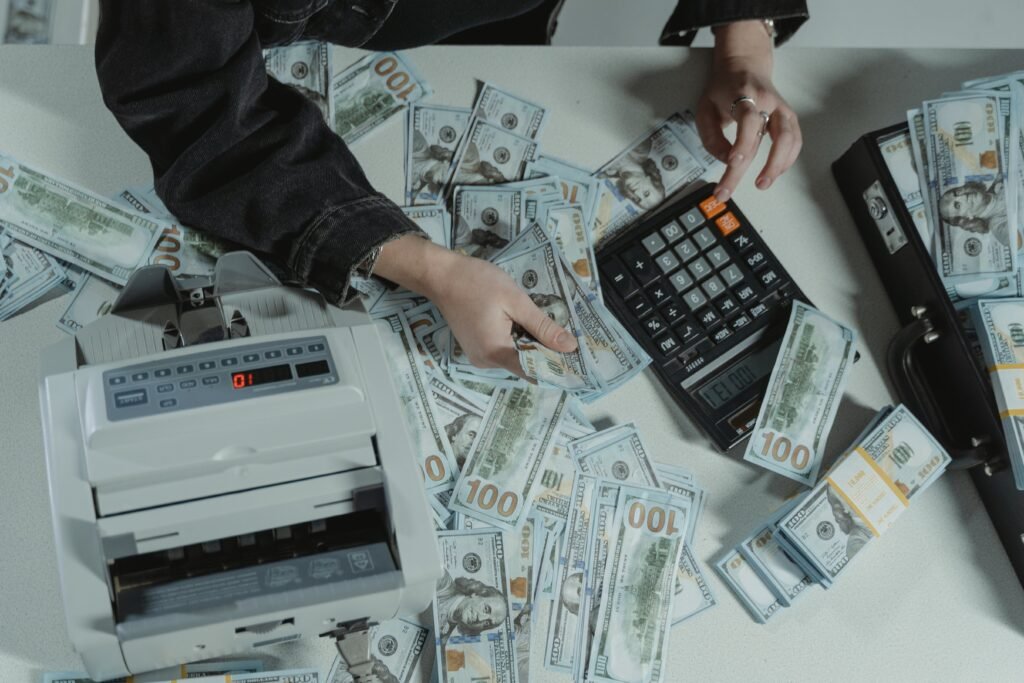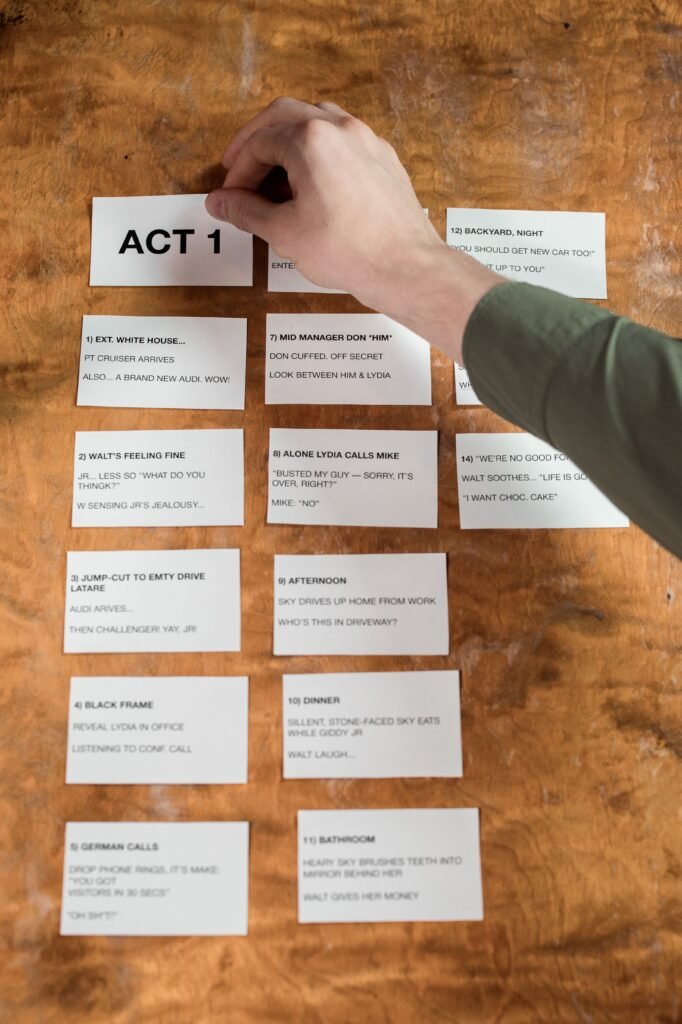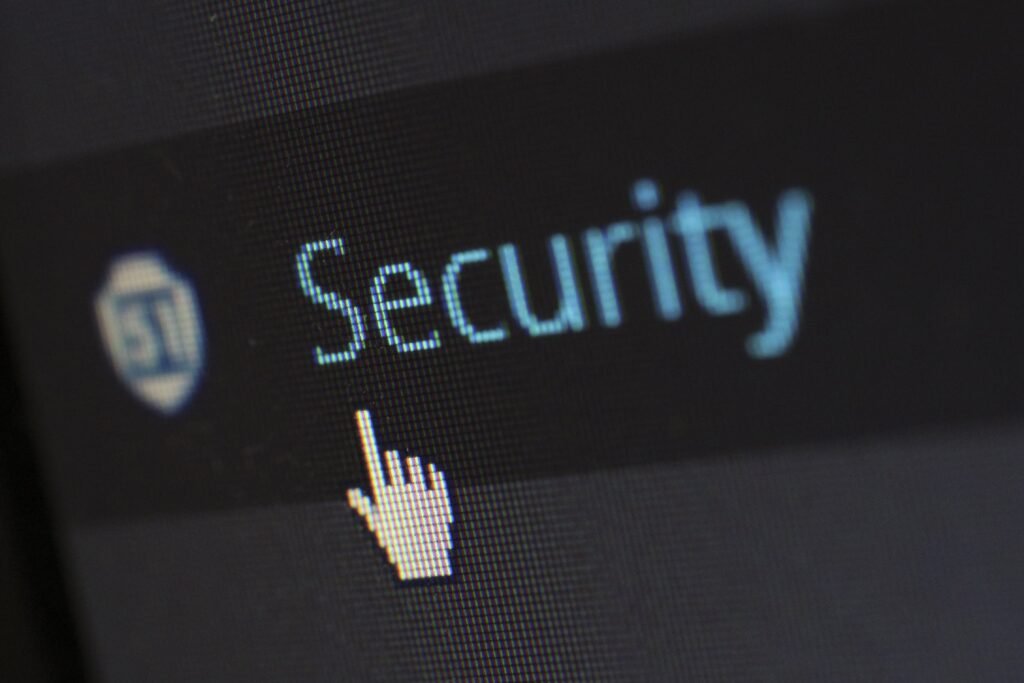
Planning for the Unforeseen
As we venture into the unpredictable future, having a plan to handle the unexpected is critical. Losing your job or the sudden occurrence of an unplanned financial burden could corner you into a challenging financial situation. But don’t fret – Here is what to consider NOW to be prepared for anything.
- Consider an emergency fund, your financial safe harbor, or a safety net for the future rough seas. Create this fund now, even if you only have a little to contribute each month. These savings will mount up over time and defend against monetary fluctuations.
Remember, the best time to prepare for a rainy day is when the sun is still shining. Be proactive, arm yourself with a plan, and you will be better equipped to weather the storm should job loss strike in 2024.
Let us not let the future catch us off guard; instead, let’s seize the reins and direct our path with preparedness and foresight.
In doing so, we turn potential obstacles into stepping stones, leading us toward financial resilience and career growth. It’s not just about surviving the unforeseen – it’s about thriving amidst it.
What is an Emergency Fund?
The world is full of uncertainties, and while we can’t predict everything that may happen, we can certainly prepare for it. Having an emergency fund is like having a safety net that protects you from financial shocks, unexpected expenses, or income loss.

An emergency fund is a cash reserve that covers unplanned financial emergencies by allowing the saver to ensure their basic living needs are met debt-free or without liquidating long-term investments. It is a safety net and buffer against unforeseen financial crises. It is made to protect three to six months of the saver’s living expenses.
You can think of an emergency fund as a financial umbrella, ready to shield you from life’s unexpected storms. It’s a particular stash of money you have carefully squirreled away, dedicated solely to tackling unforeseen financial hurdles.
This could be anything from an urgent car repair, an unexpected trip to the emergency room, or even a sudden job loss. Every one of these instances is an unwelcome surprise. Still, with an emergency fund, it doesn’t have to result in a financial crisis.
The beauty of an emergency fund is that it’s meant to protect you from the blow, stopping you from seeking loans or dipping into your long-term savings. With an emergency fund, you have personal insurance ready to keep you afloat when sudden financial seas get stormy.
Why You Need an Emergency Fund

There have been several instances where workers who have lost their jobs have been forced to join strikes, holding placards and begging for jobs. At the same time, this is a dire circumstance for anyone; you can avoid that or at least prepare yourself in case it becomes inevitable.
Imagine the calm of knowing that an unexpected car repair or a sudden medical bill won’t plunge you into debt or force you to make drastic cuts in your budget. This is what an emergency fund offers you.
Financial experts liken the presence of an emergency fund to a financial safety net, and for good reasons. When you face unforeseen expenses, the fund ensures you do not have to borrow from high-interest sources, such as credit cards or personal loans, which often escalate your financial woes rather than alleviate them.
An emergency fund also acts as an invaluable asset in the event of income loss. The sudden job loss can be financially devastating, leaving you scrambling to meet basic needs. However, suppose you have an emergency fund in place. In that case, you have a fallback option to keep you afloat, allowing you the time and space to regroup and find a new job without the immediate pressure of meeting ends meet.
Therefore, it’s not hyperbole to say that an emergency fund is one of the cornerstones of financial stability. It allows you the freedom to navigate life’s unexpected turns without the added stress of financial hardship. The sense of financial security that comes with knowing you’re prepared for unforeseen costs is priceless and can contribute significantly to your overall well-being. So, it’s clear that having an emergency fund is not a luxury but a necessity.
Next, we will discuss how much you should ideally save in your emergency fund to deal with unforeseen expenses effectively.
Determining How Much to Save in Your Emergency Fund

There is no one-size-fits-all solution for determining the goal for your emergency fund. Your recommended savings amount will depend on your particular situation. Nevertheless, conventional financial advice advises saving enough cash to pay for three to six months’ living expenses.
Why is this particular amount? It is considered a secure safety net against most financial crises, such as job loss and unforeseen, large bills.
The primary purpose of your emergency fund is to keep you afloat during sudden or not-so-sudden financial difficulties so you don’t lose your long-term savings or incur debt.
If you’ve been living under a rock, let me point out examples of financial crises- like suddenly losing your job without notice.
The bills continue even when the income stops. For what length of time could you hold out? How much funds do you have saved up to pay for multiple months of expenses? At the same time, you look for new employment without panicking about your immediate financial survival?
Similarly, having this cushion helps prevent you from going into debt in the event of unforeseen costs like auto repairs or medical emergencies. Recall that the amounts are determined by the costs of living, which comprise auto payments, groceries, utilities, rent or a mortgage, and more.
To accurately calculate these expenses, tracking your spending over several months is a good idea. Understand where your money is going and how much you need to survive each month. This will give you a clear picture of your emergency fund goal.
Understand that the objective is not to reach this amount in a single day. Creating an emergency fund is a procedure rather than an instant solution.
Starting somewhere is crucial because it doesn’t matter how much money you can save each month. Your consistent saves will ultimately bring you closer to your goal and that essential cash safety net.
Below are practical and quick strategies to help beginners start their emergency fund-saving journey.
A Beginner’s Guide to Saving for an Emergency Fund
Relax! Starting your journey toward building an emergency fund can seem like a herculean task, especially if you’re dipping your toes into the savings pool. But fear not!
Here are 3 easy steps to saving your first emergency fund.

Step 1:
Set a small, attainable savings target to start. You can save $500, $1000, or any other sum that feels right to you. You can climb this mountain one step at a time.
The secret is to begin modestly and gradually increase the amount you save as you become increasingly used to the practice of saving.
Step 2:
Set aside a certain amount of monthly money to add to your emergency fund. This could be a set percentage of your income or a predetermined sum of money.
Automating can significantly improve this transfer, particularly if you tend to put things off or need to remember. Your funds are diverted into your emergency fund through automation before you can use them for other purposes, similar to the proverb “Out of sight, out of mind.”
Step 3:
Consistency is essential when establishing your emergency fund, as with anything worthwhile.
It matters more to continuously stick to your savings commitment than how much money you save each month. Consider it a marathon rather than a sprint. Every little bit of savings brings you closer to your goal since you’re in it for the long run.
Your emergency fund will quickly increase if you are persistent and disciplined, even though it takes some time.
Remember, it’s okay to start small, but it’s essential to start. Happy saving!
How to Protect Your Emergency Fund?
Deciding where to house your emergency fund is as crucial as building one. After all, it’s not just about stashing your money away but also about ensuring it’s safe, secure, and quickly accessible when needed.

Traditional savings accounts, money markets, or high-yield savings accounts are all great choices.
- A traditional savings account provides a safe haven for your money.
- A money market account might offer higher interest rates
- On the other hand, a high-yield savings account could maximize your earnings with the benefit of liquidity.
Whichever choice you decide on, be sure to keep your emergency fund and regular checking account separate.
Separating them will prevent inadvertently using your emergency savings for recurring monthly bills. This helps you resist the need to spend it carelessly while preserving your emergency reserve’s integrity.
But remember that your top goal should always be safety while selecting the ideal place for your emergency fund. Verify that the Federal Deposit Insurance Corporation (FDIC) ensures your nominated account type and bank.
FDIC insurance protects your money up to $250,000, even if the bank fails. To get advice on the best account to open based on your goals and lifestyle, speak with a financial professional with extensive experience in this area.
The main takeaway from this article is that your emergency fund should be kept in a secure and convenient location for you to access so that it can fulfill its intended function of giving you financial protection in times of need.
Do not forget that you put a lot of effort into building it, so making sure it is secure and accessible ought to be your first concern.
Making Emergency Fund Saving a Habit
The foundation of a substantial emergency fund is making saving an everyday habit. Consider your monthly emergency fund contribution non-negotiable, similar to your rent or energy bill. It is a gift to your future self, allowing you to avoid financial strain in crisis circumstances. Here are some useful tips to help you meet your intended funding target for emergencies this year.
Just as forming a new habit takes 21 days to be part of you, similarly, the habit of saving generally takes 21 consistent habits to be fully developed.

Using automated transfers is one of the best ways to consistently save money. It reduces the possibility of forgetting or putting off saving money by automating the transfer of a certain amount from your checking to your savings account.
With this passive strategy, you can focus on your financial objectives. In contrast, the financial institute takes care of your saving automation.
Additionally, it would be wise of you to take advantage of any unforeseen revenue to increase your fund. For example, tax returns, holiday bonuses, or any additional money you get can be allocated straight to your emergency fund. It’s an easy and quick strategy to increase your savings without depleting your usual spending plan.
Remember that this journey aims to instill saving habits into your financial DNA as you embark on it. And if you follow through, you will discover that saving becomes a rewarding commitment that gives you a sense of stability and independence rather than just a chore.
In conclusion, although it may take some time and work to incorporate saving into your financial habits, the benefits are substantial.
By saving consistently, you create a safety net that will guarantee you are always equipped to face life’s unforeseen events with assurance and comfort in addition to just putting money away. So, establish the practice of setting aside money for emergencies to move towards financial resilience.
